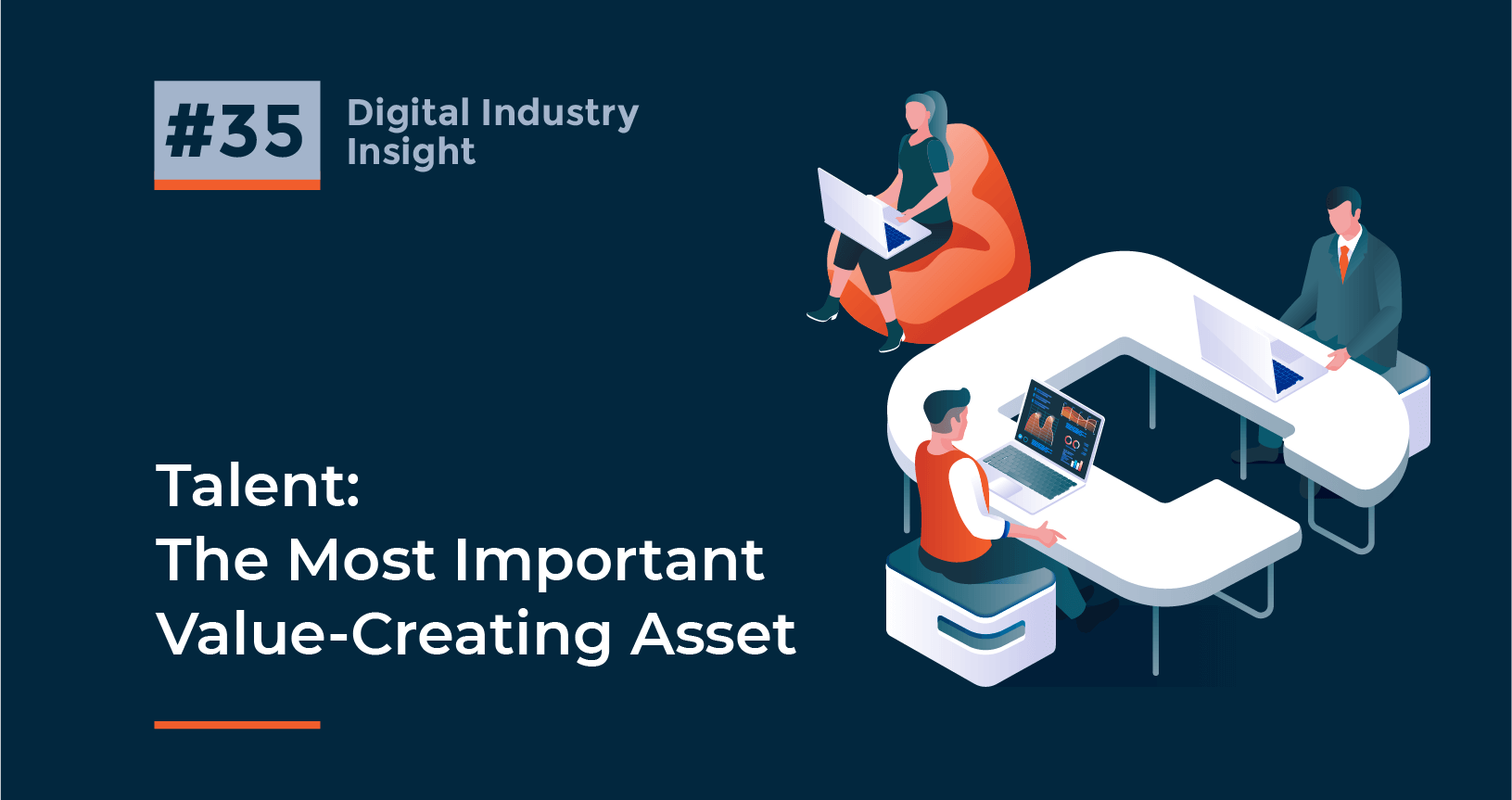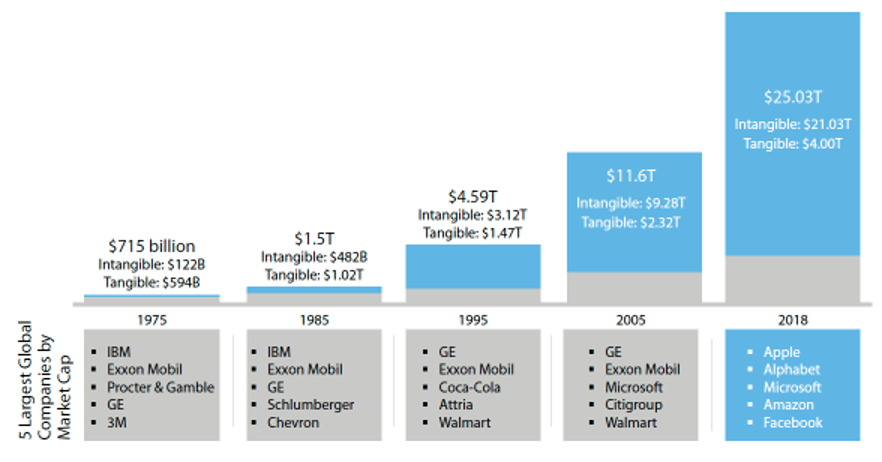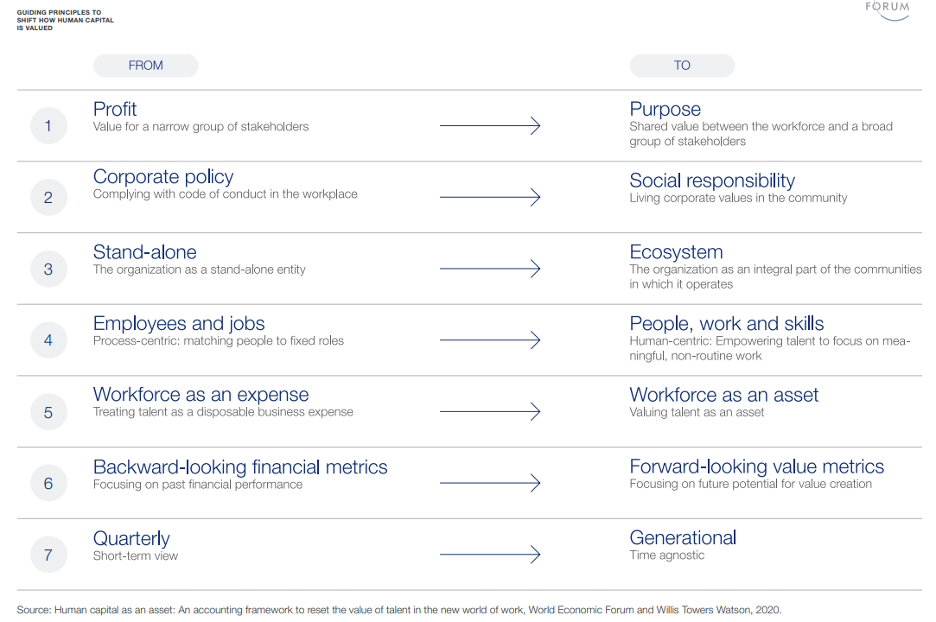Oct 6, 2020
| 4 min read
Digital Industry Insight #35

Talent is Becoming the Most Important Component of Value
As the economy evolves from being fundamentally asset-intensive (farming, manufacturing, transportation) to depending more on information technology and services in nearly every industry, the relative importance of people in the value equation continues to increase. For companies, whether large or small, finding the right talent and building effective teams are more than ever the essential factors distinguishing those firms that succeed against their competition.
“The most valuable assets of a 20th-century company were its production equipment… the most valuable asset of a 21st-century institution, whether business or non-business, will be its knowledge of workers and their productivity” said legendary management guru Peter Drucker in 1999. Harvard Business Review in 2004 noted the aggregate skills and talents of a business’ workforce constitute intangible assets that in many cases “are worth far more to many companies than their tangible assets.”
Intangible assets such as patents, copyrights, intellectual property, brands, trademarks, software and R&D are created by human skills and are the most important factors contributing toward profit and shareholder value.
 Source: Aon Corp. 2019 Intangible Assets Financial Statement Impact Comparison Report
Source: Aon Corp. 2019 Intangible Assets Financial Statement Impact Comparison Report
Ocean Tomo, an investment advisory firm, estimated that the value of S&P 500 firms in 1975 was comprised of more than 80% of tangible assets such as land and machinery. In 2010, approximately 80% of market value for the S&P 500 resides in intangible assets. By 2018, intangible assets accounted for 85% of market value for the S&P 500.
One of the big challenges in valuing human capital assets is the lack of standard methods and definitions that can be applied to this quantification. While businesses can measure costs of production and materials, along with sales and profitability, there are different approaches to measuring the value of talent and human capital. One approach has been devised by The Human Capital Management Institute (HCMI) which has developed Human Capital Financial Statements to reflect the value of human capital in different ways. One example is the Human Capital Impact Statement, which is intended to quantify the impact of the workforce on financial results. Using the Human Capital Impact Statement, organizations can assemble a business case, demonstrate value add and quantify the impact of talent. Additionally, this approach will enable companies to assess the historical and projected future impact that workforce decisions and changes have on a firm’s financial results.
There have been more and more efforts to introduce robust measures of human capital into financial reporting in recent years, reflecting the growing interest in how companies manage and measure human capital in allocating capital and delivering shareholder returns. Most recently, the World Economic Forum released a study on valuing employees as an asset in an effort to provide a framework for valuing human talent. The result of the study is seven guiding principles to shift how human capital is valued:

There’s still a lot of work to be done to measure the impact of talent in an organization from a financial perspective, but the efforts underway underscore the growing interest and importance in placing talent at the forefront of corporate strategy as core value driver.

Momenta is the leading Digital Industry retained Executive Search firm delivering impactful leadership across energy, manufacturing, smart spaces and supply chain. We have placed more than 200 leaders globally in Fortune 100’s and venture-backed startups, including digital leadership roles at Hitachi, United Technologies and C3.ai. Let's connect and discuss how Momenta can help you take your business to the next level.